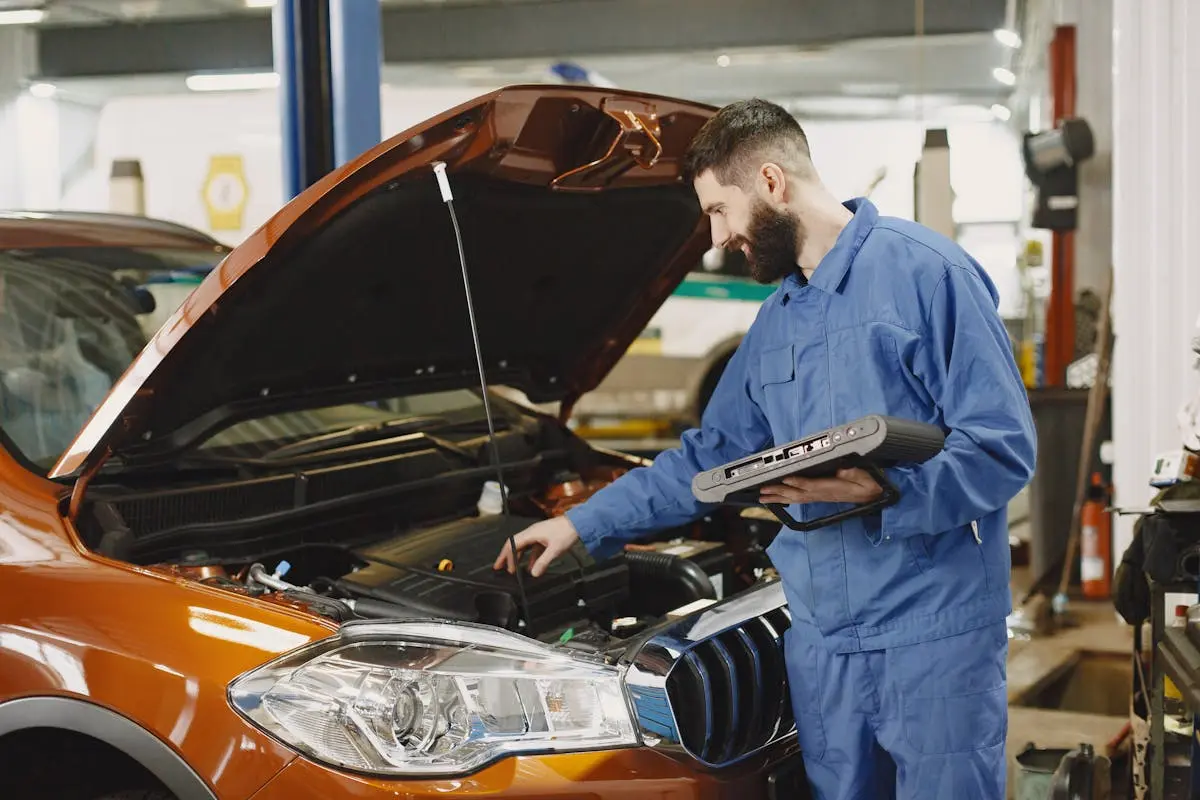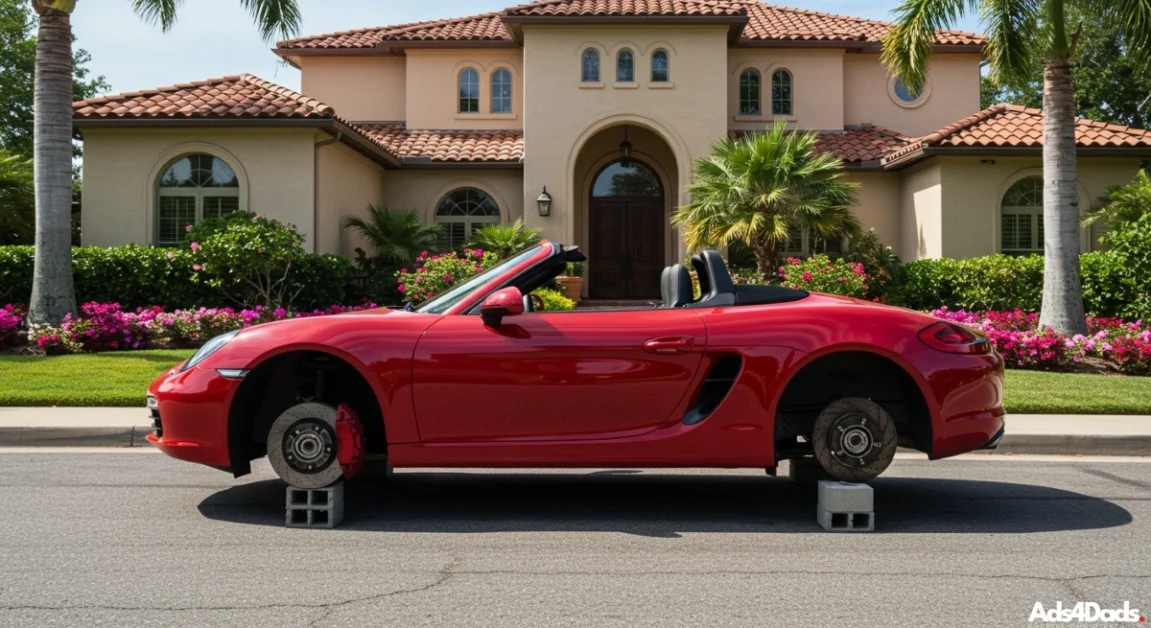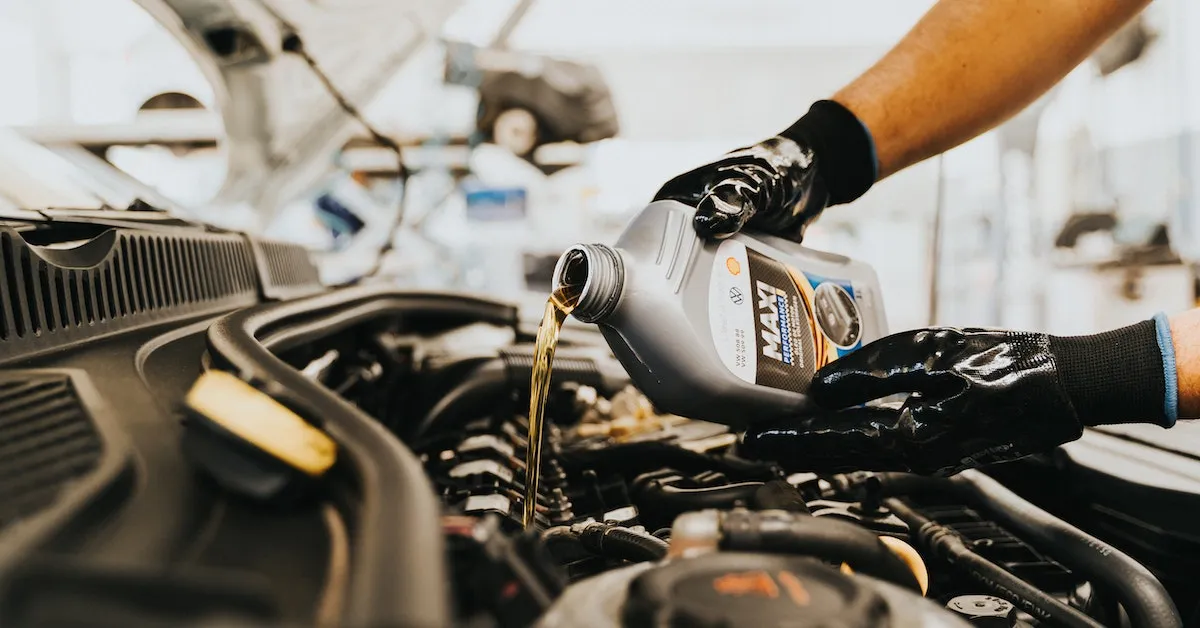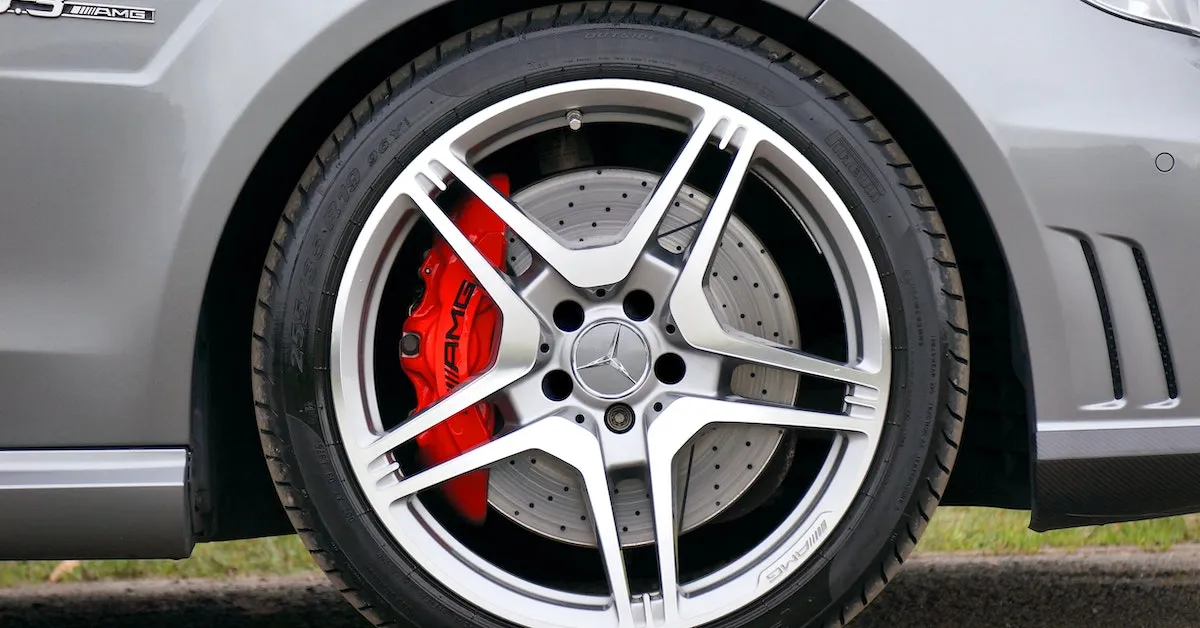There could be multiple reasons, but the very first thing you should do is check if any body plugs are missing.
Have you noticed a lot of wind noise in your car or truck when you’re on the highway?
If you have, I commend you for finding this article and being so inquisitive! Also, for your desire to find a solution when the majority of drivers would just turn up the music. And no doubt, there’s certainly a few times in life when we need to ignore an issue and just blast our favorite songs instead. But when the music’s over, we need to get back to resolving problems, especially when it concerns our main source of transportation.
Why Do We Hear So Much Wind Noise In Our Cars And Trucks?
Most automotive manufacturers aim to produce vehicles that are aerodynamic while providing a quiet and comfortable driving experience. But sometimes there can be a little give and take between the two. First, you want your vehicle to be as aerodynamic as possible for fuel/energy efficiency, that is why owning a vehicle with a low drag coefficient is important. But achieving this can be difficult if you own a truck, minivan, or larger SUV.
Traditionally, the larger the vehicle, the more wind noise would be observed. Although there have been advancements through the years and technology continues to improve, this type of balance between quiet comfort and aerodynamic designs are most often found in luxury vehicles.
I Own A Luxury Vehicle And Still Hear A Lot Of Wind Noise, Why Is That?
As you are well aware, owning a luxury vehicle is in fact “a luxury”! You enjoy the benefits of having a more refined automotive experience that includes an emphasis on: unnecessary cabin noise, excellent aerodynamics, superior performance and efficiency, and usually the most cutting edge technology available. But, if you did not purchase the vehicle brand new, it’s possible that it was in an accident and there are some parts missing or mis-aligned.
If you purchased the vehicle brand new, you have the opportunity to bring the vehicle back to the dealership and let them diagnose your concern. If the noise you are hearing is a “known issue” there may be updated parts available to remedy this concern.
So What Exactly Causes The Wind Noises I Am Hearing?
Most of the time the body plugs are missing. The one’s I am specifically referring to are the rubber plugs that are designed to fill the cavity that transporters use to move your vehicle, such as from the factory to the port, and then eventually to the dealership. When a new vehicle arrives at the dealership, a technician is assigned to the setup and inspection of that vehicle.
Depending on the manufacturer, there can be multiple tasks for the technician which include checking the torque on the lug nuts and other fasteners, adjusting tire pressure, inspecting fluid levels, initializing systems, performing software updates, installing body plugs, safety equipment, air spoilers, and specialty components.
The list can go on and on, but one unique part about this list is that it most often includes the installation of “body plugs” and sometimes they never get installed. They are either left in the glovebox, trunk, or even thrown out!
How To Diagnose Wind Noise Concerns
Wind noise issues are often at highway speeds 50+ mph (80 km/h), so diagnosing them can be somewhat tricky if you don’t have much experience doing it, but we’ll go over some basics here.
Step One Is Making Sure The Transportation Tie-Down Body Plugs Are Installed On Both Sides Of Your Vehicle.
When they are not installed, you can hear a howling noise inside of your vehicle that some people say it sounds like being in a wind tunnel. You most likely would hear a lot more road noise inside of the cabin as well. While you’re inspecting the underside of your vehicle, make sure there are no holes in the body such as where smaller body plugs should be. If you have any doubts, stop by the dealership and have a technician place your vehicle on a lift so they can properly inspect the entire lower frame, related body panels, and components.
Would You Like To See What Missing And Properly Installed Body Plugs Look Like?
This is what a missing tie-down body plug looks like. The length is roughly 32mm long by 13mm wide.
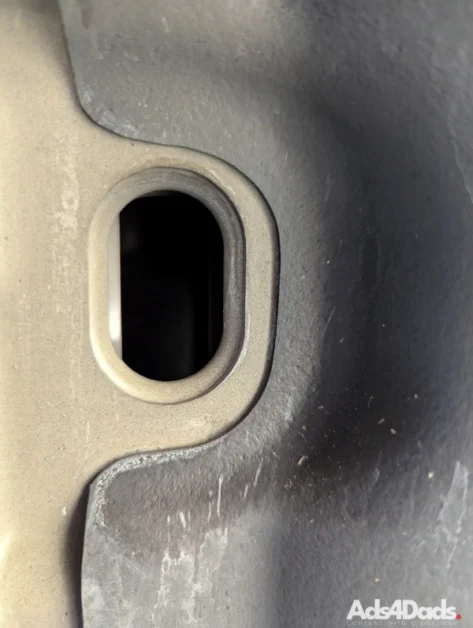
This is what a properly installed tie-down body plug looks like.
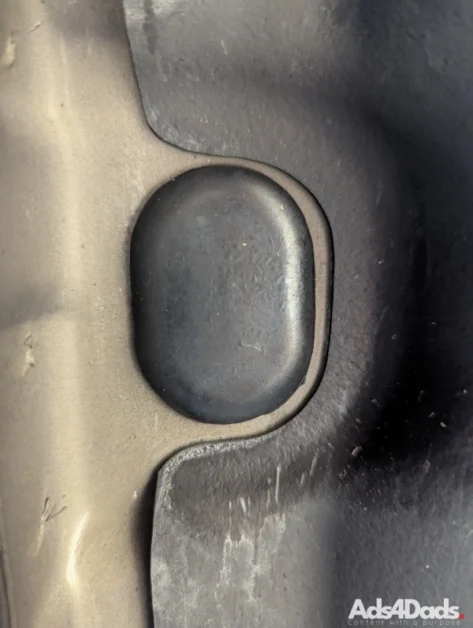
Step Two, Properly Diagnosing Your Vehicle
This would include making a note of the speed you are hearing the noise and if the sound changes or goes away with increased speed. At this point, you also want to keep in mind where you believe the sound is coming from, such as the front of the car, like a whistle noise coming from the grille or below the bumper cover. Check for missing, loose, or broken parts such as wind deflectors, splash shields, plastic trim or molding, and fasteners. There should be nothing loose when you perform your inspection so be sure to touch every component to verify it’s properly secure.
Step Three, Are You Hearing Noise Around The Windshield Area?
This may be caused by deformed or missing moldings or weatherstripping around the cowl or glass. Also, keep in mind if you recently had your front windshield replaced. Make sure they installed an OEM windshield with OEM molding and weatherstripping. If you did not have the work performed at a dealership, feel free to stop by and have them inspect it.
Step Four, The Sound Is Coming From The Front Sides Of Your Vehicle
Sometimes wind noise can be prominent from one particular location and other times it seems like it’s from two places at the same exact time. Situations like this may be caused by your side mirrors. Make sure your side mirrors are OEM and correct for your exact vehicle, are not missing any related trim components or rubber molding, and are properly attached. If everything is ok, it may just be a normal characteristic of the design. Check with the dealership if that is a known issue and if they have any updated parts.
Step Five, The Doors Might Not Be Properly Sealing
Sometimes the top of the door frame becomes bent or misaligned and causes a wind noise. This can occur for a few reasons but a common cause is the result of someone trying to break into your car. If you’ve ever had your keys locked in your vehicle, a professional automotive “pop-a-lock” guy will utilize a technique that bends the window frame to gain access with a tool to unlock your vehicle. If this occurred, and you believe this situation has contributed to your wind noise concern, stop the body shop at your dealership and explain the situation. They should be able to bend the frame back into proper alignment.
Step Six, Continuing Noise Diagnosis For Side Doors And Windows
If there is no evidence of an accident such as body work or mis-algned panels, you can continue to inspect this area for a possible cause to your wind noise concern. What you may be hearing are the result of aged, deformed, or shrunken door and window glass seals. Loose or warped A, B, or C pillar moldings, and related components. When it comes to these types of issues, you may find a part is completely missing or visibly damaged. Never overlook the obvious. Sometimes the problem is right in front of us and no further diagnosing is necessary.
Step Seven, Roof Racks And Aftermarket Trim
When it comes to wind noise. The most common culprit is the roof racks and their attaching hardware. Even if they are OEM, when they are improperly positioned or loose, they can cause an unpleasant sound. The same goes for those aftermarket wind deflectors or window visors. These are known to cause a constant whistle noise at highway speeds.
Conclusion
When it comes to wind noise diagnosis, you have to be tenacious and make notes of your progress. If you are determined to fix the issue yourself, it’s helpful to find someone who has the same exact vehicle so you can compare components and operation. But keep in mind. The manufacturer can make product updates between model years, use different part suppliers, or varying installation techniques which may not help you establish an accurate comparison when diagnosing.
If you end up investing more than four hours and still haven’t found a solution, consider dropping off the vehicle at your local dealership and spend your time doing something more productive.
Life is too short for chasing after the wind! -pun intended.



